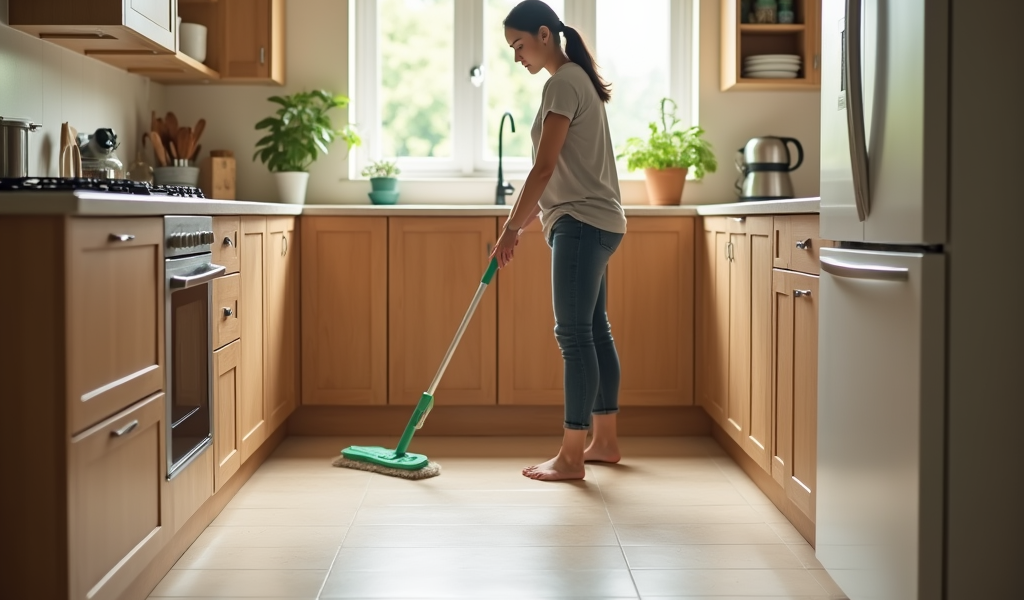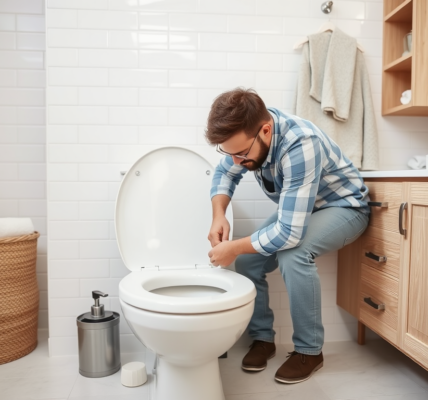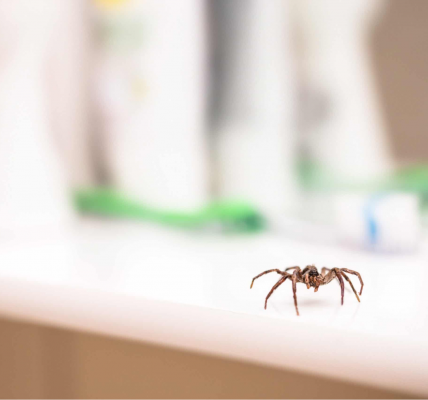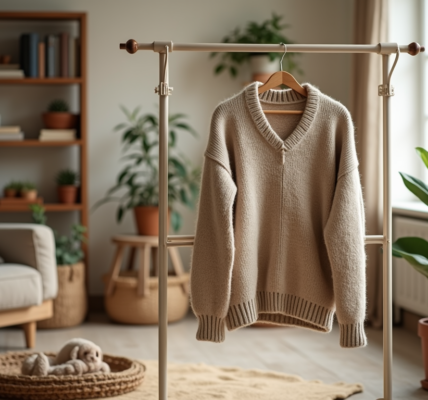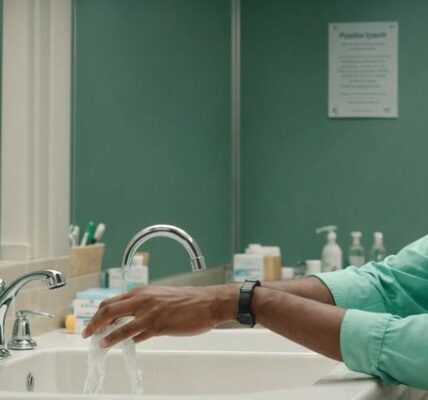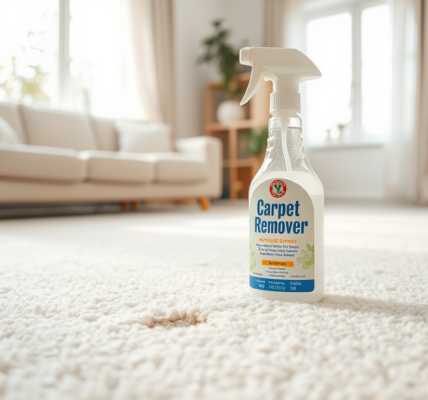Keeping linoleum floors clean not only enhances their appearance but also extends their lifespan. Linoleum is a resilient flooring option that requires specific cleaning methods to maintain its unique qualities. In this article, we will delve into effective techniques for cleaning linoleum floors, exploring both daily maintenance and deep-cleaning processes that can help preserve your floors’ shine and integrity over time.
The Importance of Regular Maintenance
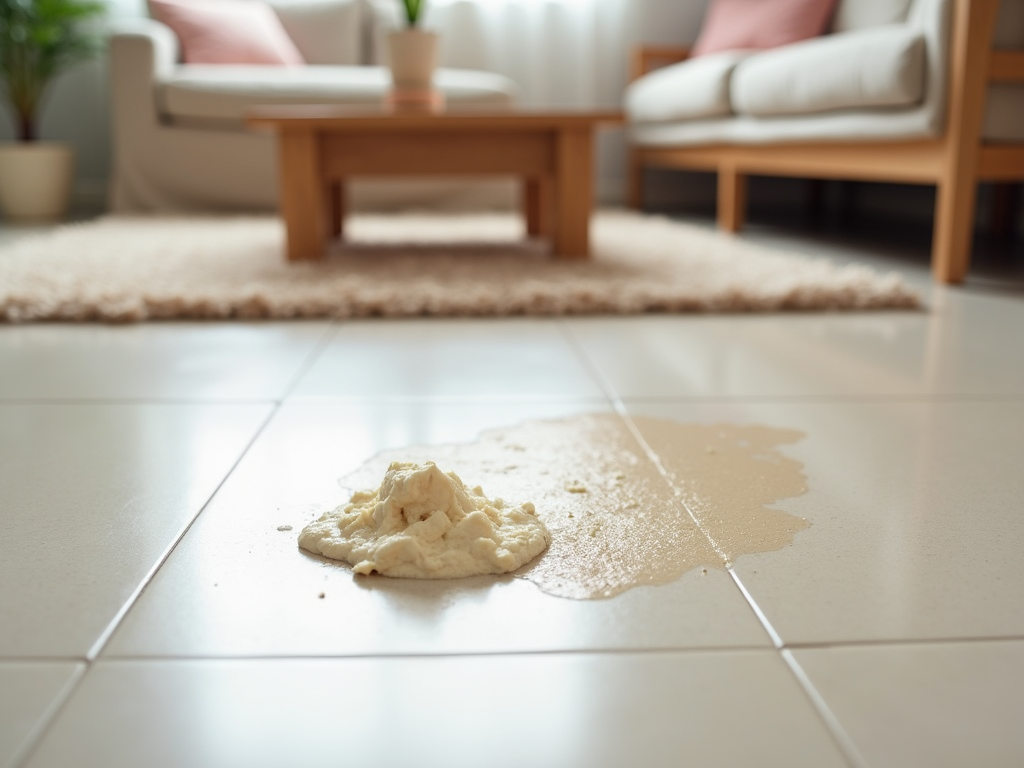
Regular maintenance is paramount when it comes to preserving the beauty of linoleum floors. This routine care prevents dirt from building up, which could potentially lead to scratches and wear over time. Cleaning linoleum floors at least once a week can significantly improve their condition and keep them looking fresh. A simple sweeping or vacuuming removes loose dirt and debris. It’s essential to avoid using cleaning tools that may scratch the surface.
Your cleaning routine should also include damp mopping every few weeks. This process removes stuck-on grime without damaging the flooring material. Moreover, the type of cleaner you choose matters; you want to avoid acidic and abrasive cleaners as they can dull the finish of linoleum. Instead, opt for a pH-neutral cleaner specifically designed for linoleum. By prioritizing regular maintenance, you can ensure your floors remain a durable and attractive feature in your home.
Step-by-Step Cleaning Process
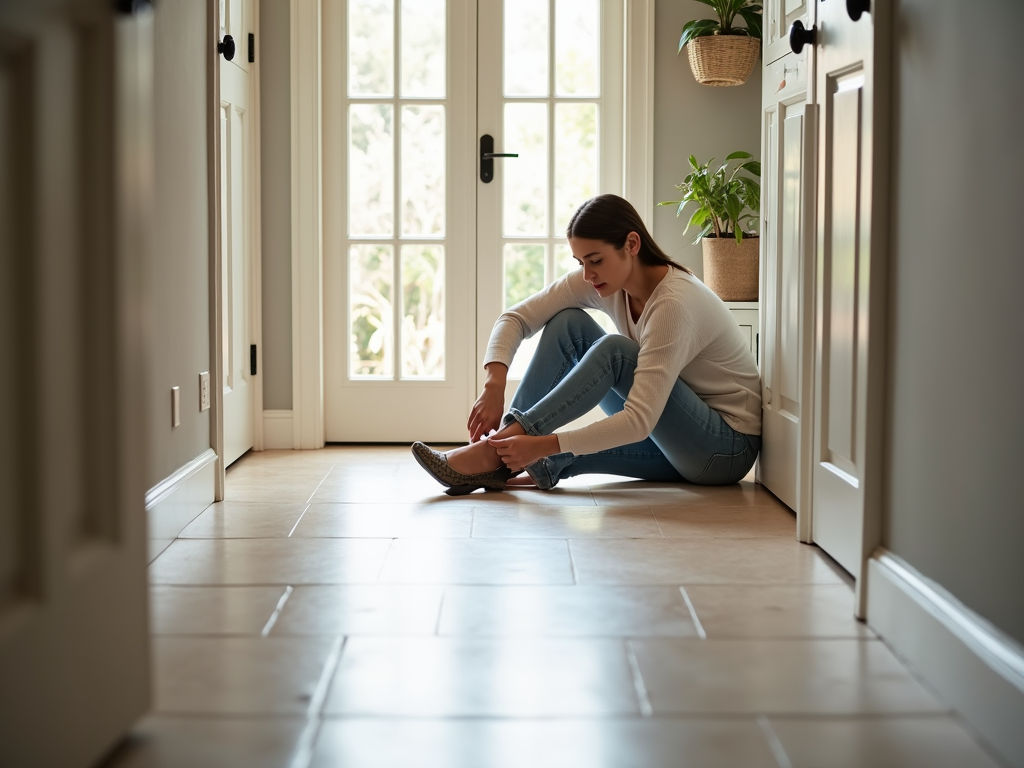
Cleaning your linoleum floors effectively involves a simple yet thorough process. The following steps will guide you through a comprehensive cleaning routine:
- Prepare the Area: Remove furniture and any obstacles from the floor to ensure an unobstructed cleaning space.
- Sweep or Vacuum: Begin by sweeping or vacuuming the floor to eliminate dust, crumbs, and loose dirt.
- Choose Your Cleaner: Select a linoleum-safe cleaner. You may also mix a solution of warm water and a few drops of dish soap.
- Mop the Floor: Using a damp mop, apply your cleaner to the floor. Avoid soaking the linoleum, as excessive water can damage it.
- Dry the Floor: After mopping, dry the floor using a clean, dry mop or cloth to prevent water spots.
Following these steps will help ensure that your linoleum floors remain in pristine condition, eliminating dirt and grime without damaging the surface. Always remember to keep the area well-ventilated while you clean to avoid any lingering odors from the cleaning solutions.
Dealing with Stubborn Stains
Stains can occasionally pose a challenge when cleaning linoleum floors. Whether from spills, pets, or heavy foot traffic, knowing how to address these stains is crucial. Start by identifying the type of stain, as different stains require different approaches. For example, oil-based stains might necessitate a different treatment than ink or mud stains.
For stubborn stains, consider using a paste made from baking soda and water. Apply the paste to the stain, allowing it to sit for several minutes before gently scrubbing with a soft cloth or sponge. Afterward, rinse the area with clean water and dry it thoroughly. Here are a few common stains and their removal techniques:
- Food and Beverage Stains: Blot the area with a cloth and cleanser first, then clean with your regular cleaning solution.
- Pet Messes: Use a vinegar-water mixture to neutralize odors and eliminate the stain.
- Ink Stains: Treat with rubbing alcohol using a microfiber cloth, then rinse and dry.
By being proactive and employing the right techniques, you can effectively deal with stains and ensure your linoleum floors maintain their aesthetic appeal.
Preventive Measures to Keep Floors Looking Fresh
To keep your linoleum floors looking fresh longer, consider adopting preventive measures. Here are some effective strategies:
- Use Rugs: Placing rugs at entrances can help trap dirt and debris before it reaches your floors.
- Implement a No-Shoe Policy: Encourage family members and guests to remove their shoes to minimize tracking dirt inside.
- Keep Pet Nails Trimmed: If you have pets, regularly trimming their nails can prevent scratches and damage to your linoleum.
Additionally, invest in furniture pads to prevent scratches from heavy furniture, and avoid dragging items across the floor. By integrating these practices into your home routine, you’ll extend the life of your linoleum flooring and maintain its pristine condition.
Conclusion
Cleaning linoleum floors doesn’t have to be a daunting task. By adopting a simple and effective cleaning routine, addressing stubborn stains promptly, and implementing preventive measures, you can keep your floors looking fresh and vibrant. As a durable flooring option, linoleum deserves regular care to withstand the demands of daily life while continuing to enhance the beauty of your home.
Frequently Asked Questions
1. Can I use vinegar on linoleum floors?
While vinegar is a natural cleaner, it is acidic and may damage linoleum over time. It’s best to use a pH-neutral cleaner specifically designed for linoleum.
2. How often should I clean my linoleum floors?
For general maintenance, it’s recommended to sweep or vacuum weekly, with a damp mop cleaning every few weeks or as needed.
3. What should I do if my linoleum floor starts to discolor?
If discoloration occurs, check if it’s due to dirt build-up or a chemical reaction from cleaners. For persistent discoloration, consult a flooring professional for advice.
4. Can I steam clean linoleum floors?
Steam cleaning is not recommended for linoleum floors, as excessive heat and moisture can damage the material. Stick to damp mopping instead.
5. How can I prevent scratches on linoleum floors?
To prevent scratches, use area rugs in high-traffic zones, keep pet nails trimmed, and use furniture pads under heavy items to minimize damage.
